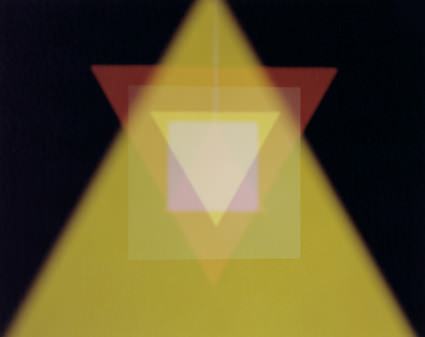JOAO MARIA GUSMEO & PEDRO PAIVA
2013-08-12Gusmão and Paiva explore references of existentialism in the philosophical tradition, metaphysical literature, as well as Alfred Jarry’s proto-surrealism. The exhibition takes its title from a philosophical question proposed by William Molyneux to John Locke about the recovery of sight. If a man born blind can feel the differences between shapes such as spheres and cubes, could he similarly distinguish those objects by sight if given the ability to see? This problem is mentioned by Locke in his An Essay Concerning Human Understanding, regarding the basis of knowledge and the mechanisms of thought in the human mind.
In the first room of the exhibition, eight bronze sculptures propose alegories on the nature of images, optical illusions and physical phenomena. In Coisas Redondas [Round Things], a series of circular objects are connected in such a way that they look square from certain angles. Bola de tênis [Tennis Ball] reproduces the movement of a little ball bouncing on a pedestal. Cavaleiro [Horseman] is a distorted image that creates an illusion of tridimensionality from a determined point of view. By alluding with humor to the language of science, these objects reveal the narrative nature of science and philosophy in their attempts to understand the world.
The second room of the exhibition has been transformed into a large projection room with five short 16mm films. The sequences are shown in loop on a large screen. Three suns setting among stones, a blind man devouring a papaya, and geometricized fruits whirling in the air as though they were a planetary system. The noise of the projector – the films have no sound – is a permanent reminder of the materiality of the images.
Exhibition runs through to September 14th, 2013
Galeria Fortes Vilaça
Rua Fradique Coutinho 1500
05416-001 São Paulo
Brazil
